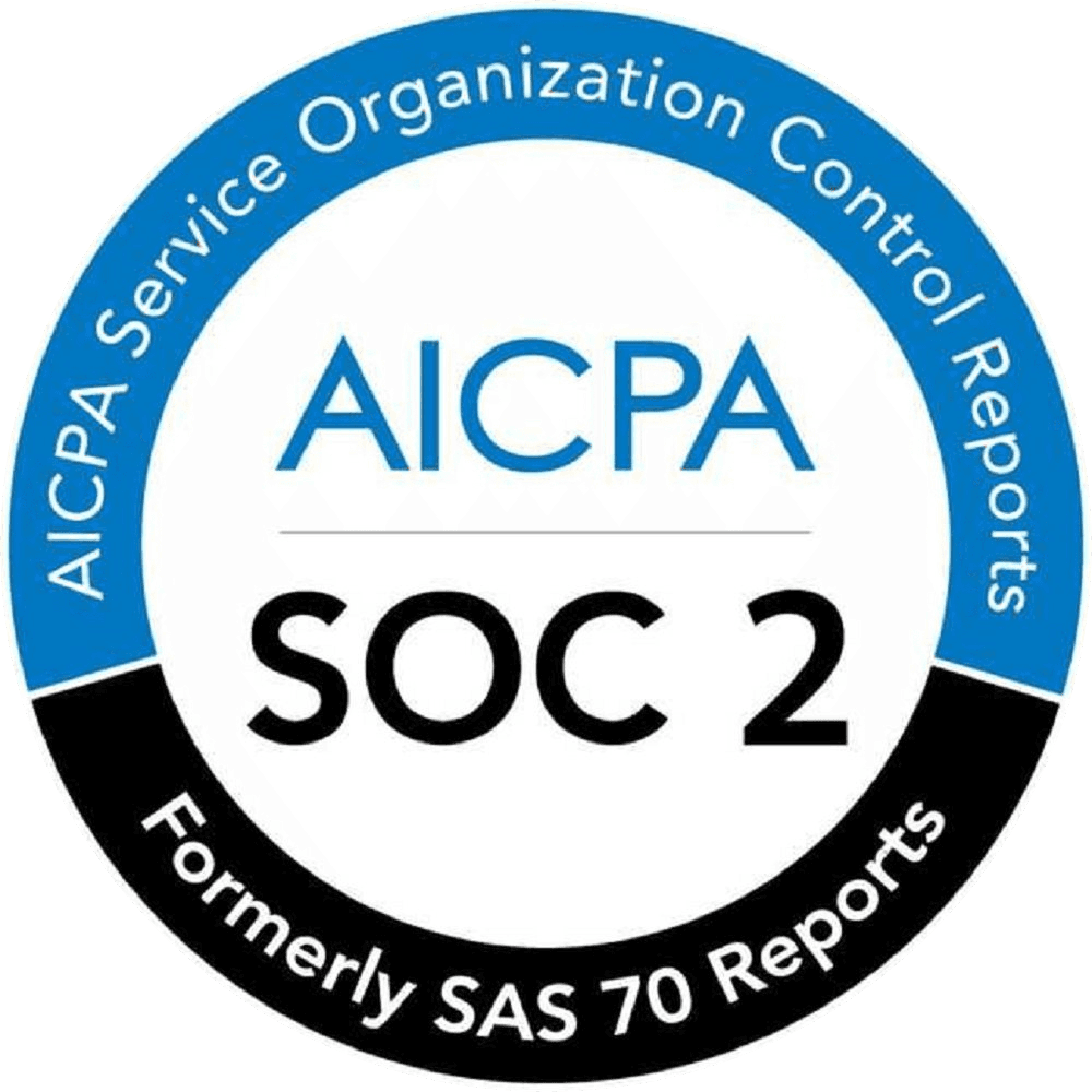Code Security
Dec 6, 2024
Critical CVE-2024-10905 in SailPoint IdentityIQ Explained

Amartya Jha
Founder & CEO, CodeAnt AI
SailPoint IdentityIQ is a leading identity and access management (IAM) platform used by enterprises worldwide to secure and manage user access. However, the recent discovery of CVE-2024-10905, a critical vulnerability with a CVSS score of 10, has raised alarm bells across the cybersecurity community. This flaw potentially allows attackers to exploit weaknesses in the system, gaining unauthorized access to sensitive data and compromising enterprise security.
It follows a string of high-impact disclosures, including CVE-2025-21535: a remote code execution vulnerability in Oracle WebLogic Server, underscoring how attackers are increasingly targeting the core technologies enterprises depend on.
This blog breaks down CVE-2024-10905 in clear terms, explaining its mechanism, impact, and how organizations can protect themselves against exploitation.

What Is CVE-2024-10905?
SailPoint IdentityIQ is a widely used identity and access management (IAM) platform that secures enterprise user access. Recently, security researchers identified CVE-2024-10905, a severe vulnerability rated CVSS 10.
The flaw stems from inadequate input validation in the way IdentityIQ processes API requests. Attackers can exploit this weakness to bypass authentication, run arbitrary code, and compromise sensitive data.
⚠️ If unpatched, CVE-2024-10905 could give attackers full control over IAM systems that form the backbone of enterprise security.
How Does the Exploit Work?
The attack leverages exposed API endpoints in vulnerable versions of SailPoint IdentityIQ.
Exploitation Vector: Attackers target improperly validated API endpoints in vulnerable versions of SailPoint IdentityIQ.
Bypassing Authentication: The lack of stringent access controls allows unauthorized users to gain system access, bypassing security checks.
Code Execution: Using crafted payloads, attackers can execute commands, deploy malware, or steal sensitive data.
Privileged Access Escalation: Once inside the system, attackers may elevate their privileges to gain control over the entire IAM platform.
Who is Affected?
Organizations running vulnerable versions of SailPoint IdentityIQ are at risk. This includes enterprises that:
Depend heavily on SailPoint for managing user identities and access control.
Operate without the latest security patches.
Store sensitive business or customer data in their systems.
Industries most at risk:
Financial services.
Healthcare providers.
Government organizations.
Technology firms with high-value intellectual property.
Impact
CVE-2024-10905 poses several risks to affected organizations:
Data Breaches: Attackers could access and exfiltrate sensitive data, including user credentials and proprietary information.
Operational Disruption: Exploitation may lead to the introduction of malware, ransomware attacks, or a complete system shutdown.
Reputational Damage: Customers and stakeholders lose trust in organizations unable to protect their data.
Financial Loss: Regulatory fines and the costs of incident response can lead to significant financial repercussions.
Mitigation and Recommended Actions
Apply Security Patches Immediately SailPoint has released patches addressing CVE-2024-10905. Organizations should update their IdentityIQ installations to the patch level 8.4p2 or newer.
Implement Multi-layered Authentication Using robust authentication mechanisms, such as multi-factor authentication (MFA), can mitigate risks by adding an extra layer of security.
Restrict Access Limit access to the IAM platform to trusted IP ranges and enforce the principle of least privilege (PoLP).
Monitor and Audit API Usage Regularly audit API logs to identify suspicious activities and configure alerts for anomalies.
Conduct Regular Security Assessments Frequent vulnerability assessments and penetration testing help in identifying and mitigating security flaws.
Train Employees Educate IT teams and users about the importance of regular updates and recognizing phishing attempts targeting IAM systems.
Related CVEs to Watch
CVE-2024-10905 isn’t the only critical vulnerability to emerge this year. Siemens’ UMC CVE-2024-49775 also made headlines for enabling remote code execution through a heap-based buffer overflow.
👉 Read our full breakdown here: Siemens UMC CVE-2024-49775: Critical Vulnerability
By tracking and patching multiple CVEs, organizations strengthen their cybersecurity posture against evolving threats.
Conclusion
CVE-2024-10905 is a stark reminder of the ever-evolving cybersecurity landscape and the importance of proactive measures in protecting critical infrastructure. By prioritizing updates, employing robust security practices, and staying vigilant, organizations can safeguard their SailPoint IdentityIQ systems and minimize the risk of exploitation.
The time to act is now. Organizations that stay ahead of attackers through timely mitigation and a security-first approach will not only protect their assets but also build trust with their stakeholders in a digital-first world.
👉 For broader coverage, check out our analysis of CVE-2024-56325: Authentication Bypass in Apache Pinot, another recent critical flaw exposing big data systems to exploitation. Together with CVE-2024-10905, it highlights how attackers increasingly target foundational enterprise technologies.













